Acetyl Hexapeptide-1
- CAS NO.:448944-47-6
- Empirical Formula: C43H59N13O7
- Molecular Weight: 870.01
- Update Date: 2024-09-29 20:12:18
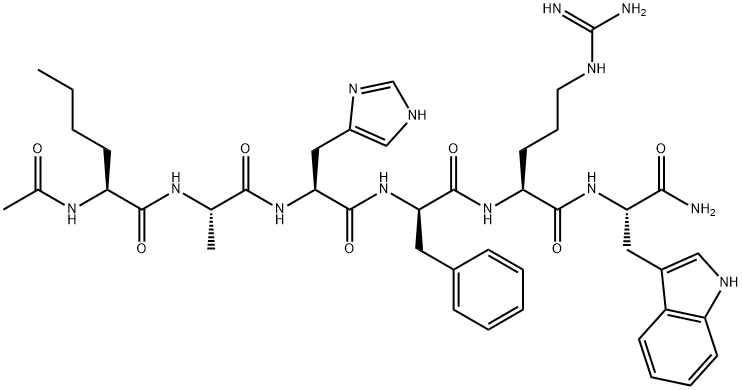
What is Acetyl Hexapeptide-1?
Description
Acetyl hexapeptide-1 is a synthetic peptide composed of the amino acids alanine, arginine, histidine, leucine, phenylalanine and tryptophan. It helps skin better defend itself from environmental aggressors by virtue of a calming effect. This peptide can also help promote a visibly more even skin tone by playing a role in how melanin moves through skin.
Acetyl Hexapeptide-1 is a bit of a special snowflake among peptides as it's not a wrinkle-smoothing, anti-aging active like most of the other ones but it can stimulate pigmentation and melanin production (by interacting with a skin cell receptor called MC1R).
As melanin not only gives the skin its nice tanned color but also works as a natural protection factor, Acetyl Hexapeptide-1, aka Melitane does the same. It not only boosts a natural or an artificial tan but gives extra protection against UV-induced DNA and free radical damage and protects the skin against UV-caused redness.
Definition
Acetyl Hexapeptide-1 is the reaction product of Alanine, arginine, histidine, leucine, phenylalanine and tryptophane hexapeptide with acetic acid. It activates the regulation of melanin synthesis, relating the protection of natural light and inflammatory regulator.
What are the applications of Application
Acetyl Hexapeptide-1 works as a bio-α-MSH peptide analog. It stimulates hair pigmentation, darkens hair and reverses the gray hair process. It also can help repair DNA damage caused by UV exposure and reduce the skin erythema.
Benefits
Acetyl Hexapeptide-1has affinity to MC1-R, which is a biomimeticpeptide simulating a-MSH, promote melaninproduction by combining with MC1-R,lt alsopromotes transfer melanin from melanocytes tokeratinocytes, coloring the hair.Its recommended dosage is 0.1~5%.
Mechanism of action
Acetyl Hexapeptide-1 is a novel acetyl hexapeptide, which mainly acts on a presynaptic membrane and a postsynaptic membrane to reduce the transmission of neurotransmitters and reduce the shrinkage of muscles, thereby achieving the purpose of smoothing expression lines and the addition of acetyl hexapeptide-1 to cosmetics does not cause the instability of the cosmetic properties.
Properties of Acetyl Hexapeptide-1
| Density | 1.39±0.1 g/cm3(Predicted) |
| pka | 13.36±0.46(Predicted) |
Safety information for Acetyl Hexapeptide-1
Computed Descriptors for Acetyl Hexapeptide-1
| InChIKey | WPIQUSRULDNCKM-IFSWANACSA-N |
| SMILES | C(N)(=O)[C@H](CC1C2=C(C=CC=C2)NC=1)NC(=O)[C@H](CCCNC(N)=N)NC(=O)[C@@H](CC1=CC=CC=C1)NC(=O)[C@H](CC1N=CNC=1)NC(=O)[C@H](C)NC(=O)[C@H](CCCC)NC(C)=O |
New Products
4-AMINO-TETRAHYDRO-PYRAN-4-CARBOXYLIC ACID HCL 4-(Dimethylamino)tetrahydro-2H-pyran-4-carbonitrile 4-Aminotetrahydropyran-4-carbonitrile Hydrochloride (R)-3-Aminobutanenitrile Hydrochloride 3-((Dimethylamino)methyl)-5-methylhexan-2-one oxalate 1,4-Dioxa-8-azaspiro[4.5]decane 5-Bromo-2-nitropyridine Nimesulide BP Aceclofenac IP/BP/EP Diclofenac Sodium IP/BP/EP/USP Mefenamic Acid IP/BP/EP/USP Ornidazole IP Diclofenac Potassium THOMAIND PAPER PH 2.0 TO 4.5 1 BOX BUFFER CAPSULE PH 9.2 - 10 CAP SODIUM CHLORIDE 0.1N CVS ALLOXAN MONOHYDRATE 98% PLATINUM 0.5% ON 3 MM ALUMINA PELLETS (TYPE 73) LITHIUM AAS SOLUTION 2-Bromo-1-(bromomethyl)-3-chloro-5-nitrobenzene 2-Bromo-3-nitroaniline N-(3-Hydroxypropyl)-N-methylacetamide 3-Bromo-6-chloropyridazine 4-ethyl-3-nitrobenzoic acidRelated products of tetrahydrofuran
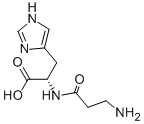
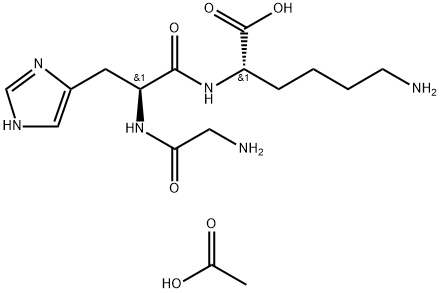
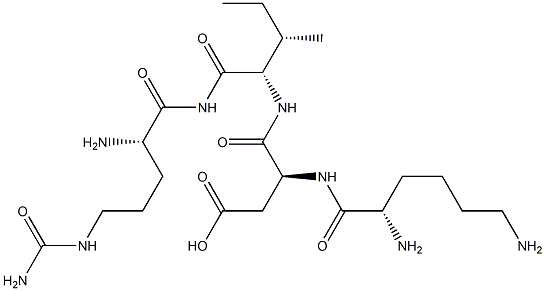
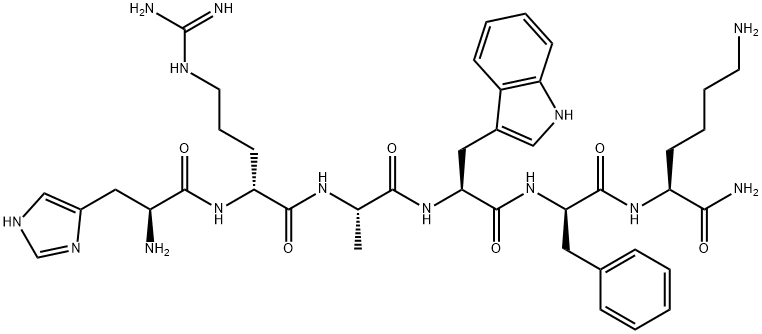
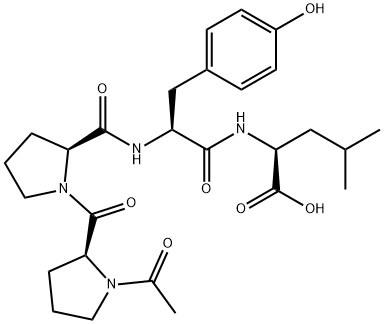

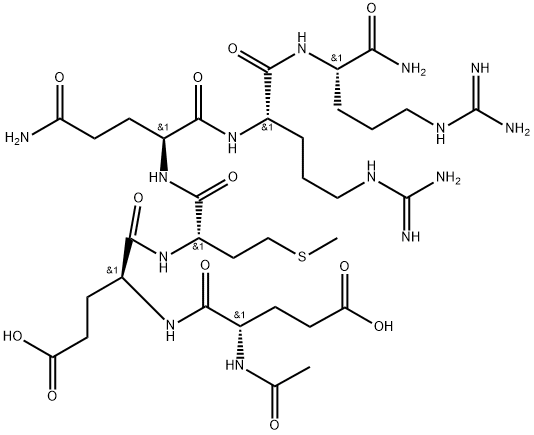

You may like
-
 1-Methyl-6-oxo-1,6-dihydropyridazine-3-carbonitrile 98%View Details
1-Methyl-6-oxo-1,6-dihydropyridazine-3-carbonitrile 98%View Details
99903-60-3 -
 88491-46-7 98%View Details
88491-46-7 98%View Details
88491-46-7 -
 1823368-42-8 98%View Details
1823368-42-8 98%View Details
1823368-42-8 -
 2-(3-(tert-butyl)phenoxy)-2-methylpropanoic acid 1307449-08-6 98%View Details
2-(3-(tert-butyl)phenoxy)-2-methylpropanoic acid 1307449-08-6 98%View Details
1307449-08-6 -
 Ethyl 3-(furan-2-yl)-3-hydroxypropanoate 25408-95-1 98%View Details
Ethyl 3-(furan-2-yl)-3-hydroxypropanoate 25408-95-1 98%View Details
25408-95-1 -
 2-Chloro-5-fluoro-1-methoxy-3-methylbenzene 98%View Details
2-Chloro-5-fluoro-1-methoxy-3-methylbenzene 98%View Details
1805639-70-6 -
 1784294-80-9 98%View Details
1784294-80-9 98%View Details
1784294-80-9 -
 Lithium ClavulanateView Details
Lithium ClavulanateView Details
61177-44-4